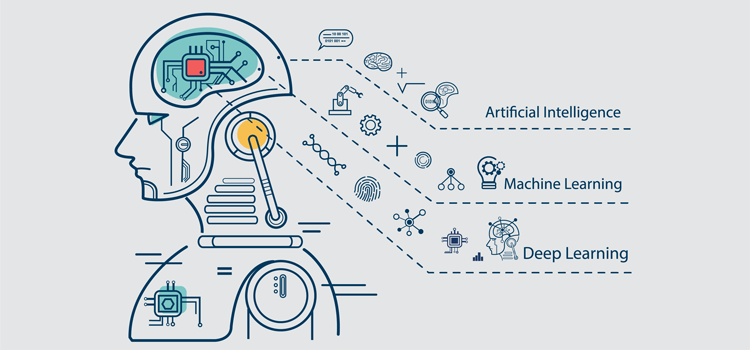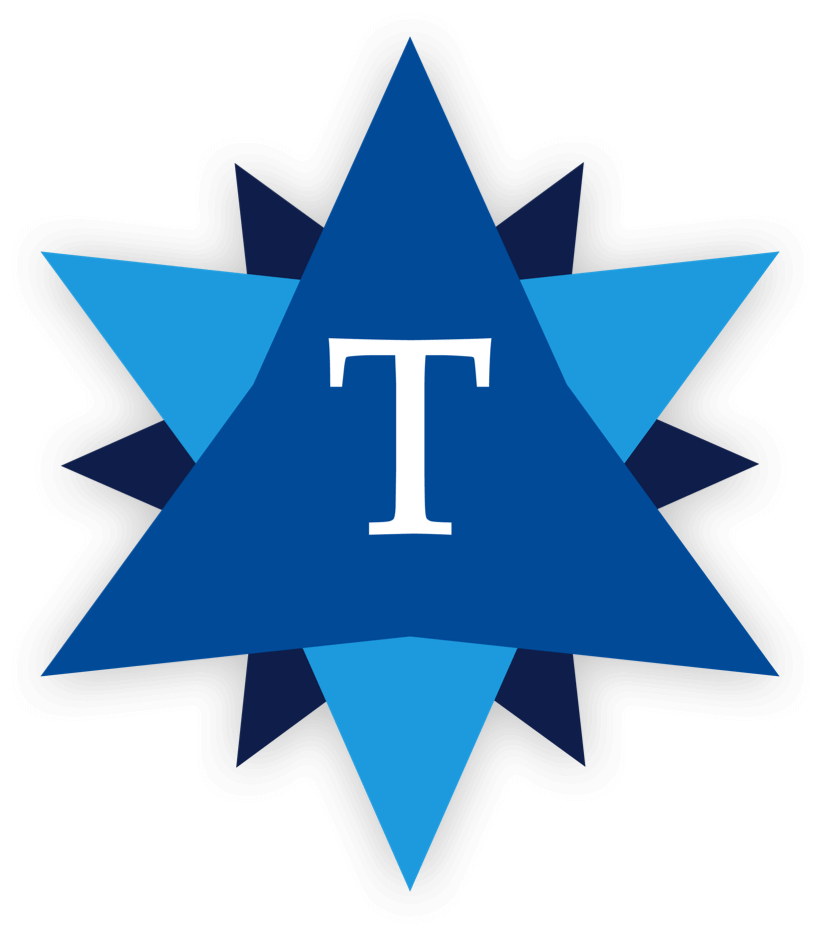Artificial Intelligence: Transforming the Nature of Work, Learning, and Learning to Work
Guest Author

It’s hard to make a case for the “sudden” development of something that has been a formal topic of research for more than 60 years. Attending presentations on Artificial Intelligence (AI) at three recent conferences and following that up with extensive reading does, however, suggest that all of us engaged in teaching-training-learning need to be familiar with recent AI developments and projects that are rapidly changing our world.
ShapingEDU Unconference
The April 2018 Unconference for Dreamers, Doers, and Drivers Shaping the Future of Learning, held on an Arizona State University campus and previously discussed here on the Top of Mind blog by The Tambellini Group Senior Analyst Alex Freeman, paid ample attention to AI. The initial discussion, kicked off by Northbay Solutions Senior Vice President Jim Keller in a lightning talk, focused on three themes:
- Artificial Intelligence, which involves “having a computer do something that we assume(d) only entities having human-like intelligence could do”
- Machine Learning, “a branch of AI in which the computer learns how to perform some function”
- Deep Learning, a Machine-Learning “technique or algorithm for learning a pattern”
Developments in all three areas are continuing to open doors to potential collaborations between learning facilitators, learners, and machines in ways that may foster more dynamic, engaging, and results-oriented learning experiences for those we serve in our lifelong-learning environments. Examples cited by Keller include customizable learning experiences, student-persistence prediction, unbiased grading systems, more sophisticated and useful teacher-student performance analytics, suggested learning paths, better ways of matching students and teachers in learners’ moments of need, and detecting fraudulent activity in the learning process.
Unconference participants walked away from Keller’s presentation and their subsequent explorations of the topic with a commitment to “design blueprints for an AI-enabled virtual assistant for teaching, learning and advising, factoring in expanded functionalities over the next 5, 10, and 20 years,” the ShapingEDU “10 Actions to Shape the Future of Education” communique confirms. Formation of a long-term working group to address this challenge was underway as this article was being written.
ATD (Association for Talent Development) 2018 International Conference & Exposition
With hundreds of concurrent sessions on every imaginable workplace-learning/talent-development topic possible spread over a five-day period in San Diego, California in early May 2018, it would have been easy to miss the dynamic discussions and updates on AI that were available, to anyone interested in the topic, at the 75th annual ATD conference. A brief opening-session mentioned the critically important nature of learning how to work alongside increasingly sophisticated machinery. This session caught the attention of many of us who previously had seen this as something not yet worth noting.
The culmination, however, came during a highly-interactive one-hour break-out session facilitated by four presenters during the final morning of the conference: “Artificial Intelligence Has Reached a Tipping Point: Will It End L&D (Learning & Development) as We Know It?” Ger Driesen, Amit Nagpal, Koko Nakahara, and Evert Pruis brought a wonderfully international perspective to the topic as they provided numerous examples of how AI and mobile robotics are already working their way into our world in Japan, the Netherlands, India, and other countries. Examples included the use of teachers as “learning process managers” at a prep school in Japan, where AI helped connect young online learners with instructors at the learners’ moments of need, and the use of an AI application, in the Netherlands, in adaptive learning—highlighted in the following video.
The result, the presenters suggested, is that there is a clear, imminent need to prepare for the “reskilling and upskilling” of those currently in the workforce and those whose current educational endeavors don’t yet include an awareness of the changing nature of contemporary work.
American Library Association 2018 Annual Conference
Incoming American Library Association Library and Information Technology Association (LITA) Division President Bohyun Kim, who serves as Chief Technology Officer and Associate Professor for the University of Rhode Island Libraries, took us into another AI learning environment—libraries—during her one-hour “Why Artificial Intelligence Matters & What Libraries Can Do” session at the ALA 2018 Annual conference—held this year in New Orleans, in June. After setting the context by reviewing familiar AI applications including Siri, Alexa, and those used by Tesla, Netflix, Pandora, and Nest, she reviewed the use of facial-recognition software by Facebook and other recent applications before focusing on AI in information discovery and retrieval. The highlight of the session came as she described the planned opening of an AI Lab at the University of Rhode Island this fall so students, according to an article she cited, “can explore research involving robotics, wearable technology, smart cities, and public policy.” More details about the Lab are available in the presentation slides she has posted online and an Inside Higher Ed article posted online January 17, 2018, which includes a brief discussion of libraries’ changing role “in supporting AI and machine learning.”
Concluding with a discussion about ethical concerns around the use of AI, she offered a poignant and provocative observation: “Ethics isn’t there to give us answers. Ethics is there to show how complicated the questions are in the first place.”
As we continue exploring and working with the increasing introduction and presence of AI in work, learning, and the process of learning to work in our ever-evolving environment, it’s clear that one of our many responsibilities is going to be simply keeping up, as best we can, with developments in this fascinating field—and how those developments are going to change how we approach—and need to approach—lifelong learning so that students and employees are not inadvertently or intentionally left behind.
Suggested further reading: Klaus Schwab, The Fourth Industrial Revolution, and Paul Daugherty and H. James Wilson, Human + Machine: Reimagining Work in the Age of AI.
The views and opinions expressed in this article are those of the author and do not necessarily reflect the official policy or position of The Tambellini Group. To express your views in this forum, please contact Katelyn Ilkani, Vice President, Client Services and Cybersecurity Research, The Tambellini Group.
Categories
Share Article:

Other Posts From this Author:
The views and opinions expressed in this article are those of the author and do not necessarily reflect the official policy or position of the Tambellini Group. To become a Top of Mind guest author, please contact us.
© Copyright 2025, The Tambellini Group. All Rights Reserved.